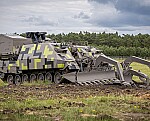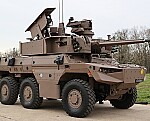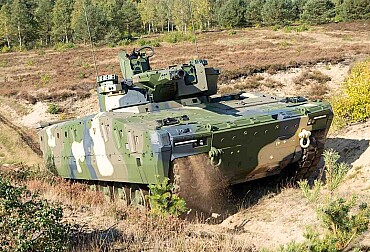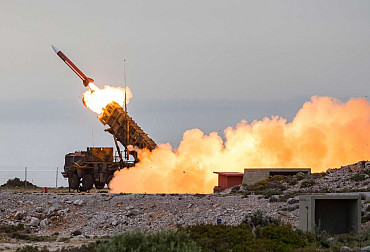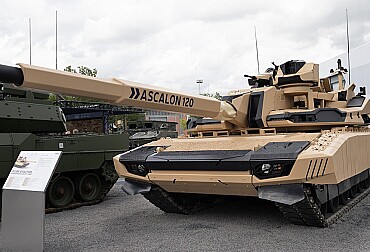Loitering munitions are not losing their relevance on the modern battlefield
Loitering munitions or kamikaze drones play a significant role on the Ukrainian battlefield, as evidenced in particular by the Russian upgrade of the widely used Lancet type of standby munition. Thus, despite sanctions, the Russian arms industry continues to improve this type of stand-off munition, and the question will be how NATO armies will react to this fact.
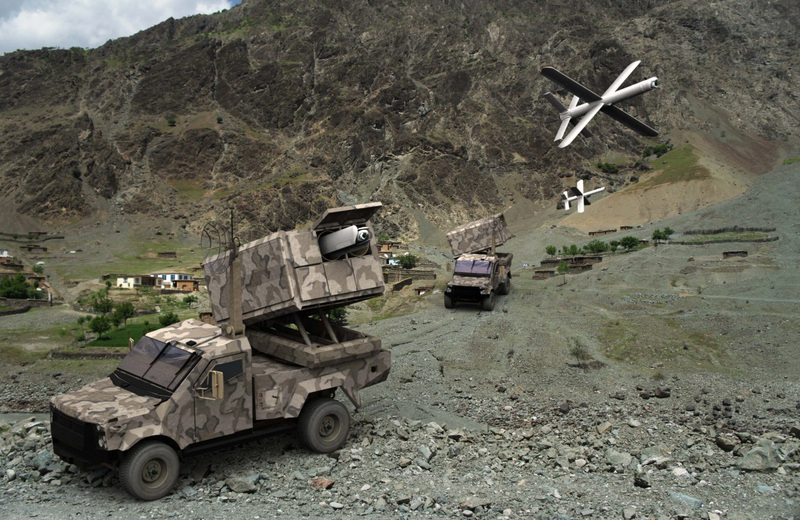
The original version of the Lancet staging munition was developed by ZALA Aero. The Lancet can be used as a reconnaissance or strike vehicle. The original version lasts about half an hour in the air and can carry a wide range of 1 kg warheads.
Based on experience from the war in Ukraine, ZALA Aero has developed and is developing an upgraded version of the Lancet that can stay in the air for one hour and can carry a heavier warhead. In addition, the latest version of the Lancet has the ability to communicate within a swarm or swarm of these machines so that individual members of the swarm/swarm are able to pass information to each other about individual targets in a given area based on preset requirements. Also new are tubes that allow for easier launching of these loitering munitions. In this context, a model of a mobile launcher on a 6x6 wheeled chassis has been introduced, which is capable of carrying up to 16 of the aforementioned tubes for launching the loitering munitions. This mobile launcher is thus reportedly capable of launching up to 64 Lancets.
In addition, Russian state television Rossija 1 recently reported that the current production of Lancets has tripled, which (assuming this is not a deliberate overstatement of production as part of a Russian disinformation campaign) is very worrying news. Although the Russian arms industry is to some extent showing a trend of increasing production, it is questionable whether its companies have actually managed to triple the production of Lancets, even taking into account the advanced nature of the device.
It is not only on the basis of the above that the loitering munition and its role on the modern battlefield needs increased attention. It is a relatively inexpensive means of warfare whose effectiveness is undeniable and whose possible use (as well as defence against such means) by Alliance member states is the order of the day.
In terms of potential use by Alliance member states, the main issue is the large-scale acquisition of these assets to equip virtually all units that could use loitering munitions as 'fire support'. The next logical objective should be to place these munitions on wheeled or tracked vehicles so that mobility is increased and soldiers are not forced to launch these munitions from a simple catapult, which, although effective, is relatively immobile.
If we talk about defences against loitering munitions, it is necessary to take into account in particular short- and very short-range air defence warheads and to draw on the experience of the current war in Ukraine. In the future, laser means or electromagnetic warfare means in general may also be considered.



